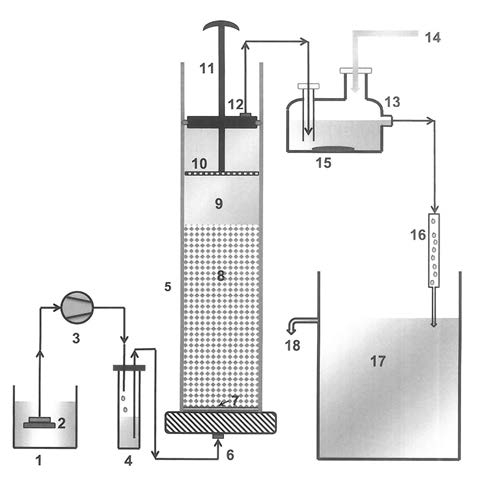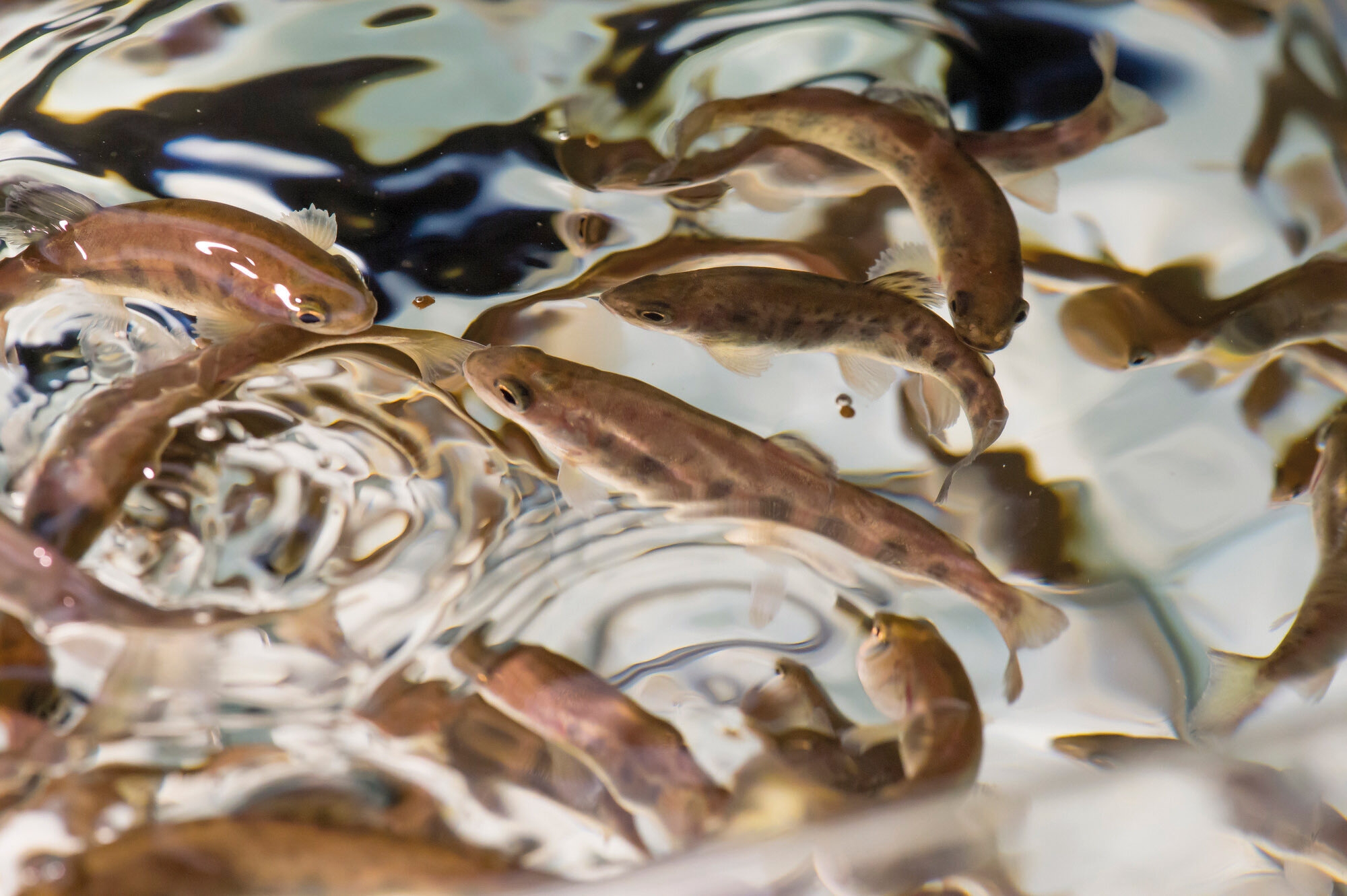
Bioaccumulation describes the enrichment of chemicals in organisms. The uptake of substances occurs either via food (biomagnification) or directly from the abiotic environment (bioconcentration). Experimentally determined bioaccumulation factors are an important element in the risk assessment of chemical substances. The basis for bioconcentration studies with fish is the OECD Guideline 305 (flow-through fish test). For poorly soluble chemicals an alternative test design for the performance of bioaccumulation studies based on feeding experiments (biomagnification studies) is available as well within the scope of OECD Guideline 305. We perform bioaccumulation studies with both exposure scenarios. The application of 14C-radiolabeled test items is possible.
Bioconcentration Studies
The study is commonly conducted as flow-through test and is carried out with juvenile fish. The bioconcentration study can be performed with:
- Zebrafish (Danio rerio)
- Rainbow trout (Oncorhynchus mykiss)
- Bluegill Sunfish (Lepomis macrochirus)
- Common carp (Cyprinus carpio)
Other fish species can also be used e.g.:
- Fathead Minnow (Pimephales promelas)
- Medaka (Oryzias latipes)
Bioconcentration Studies with Highly Hydrophobic Organic Compounds
The performance of bioconcentration fish tests according to OECD Guideline 305 requires the possibility of preparing stable, measurable dissolved aqueous concentrations of the test substances. For highly hydrophobic organic chemicals (HOCs; log Kow > 5) testing via aqueous exposure may become increasingly difficult. At Fraunhofer IME a solid-phase desorption dosing system (Fig. 1) is available which is suitable to provide stable concentrations of HOCs required to determine the bioconcentration in fish and represents a viable alternative to the use of solubilizing agents for the preparation of test solutions.
Biomagnification Studies
For HOCs, an alternative test design for the performance of bioaccumulation studies based on feeding experiments is available in the scope of OECD Guideline 305. The aim of these studies is the determination of the biomagnification factor (BMF).
Fish species as specified for the aqueous exposure may be used for biomagnification studies. Rainbow trout (Oncorhynchus mykiss) and carp (Cyprinus carpio) have been commonly used at Fraunhofer IME for dietary bioaccumulation studies with organic chemicals. A commercially available fish food (floating and/or slow sinking pelletized diet) that is characterised in terms of at least protein and fat content is typically used for the feeding studies. Methods for the homogeneous, safe and efficient application of test items to the surface of the commercial feeding pellets are available ensuring the correct dosing of the fish during the experiment.
Sample analysis
Our modern analytical instruments enable us to quantify a large number of compounds in the different matrices (water, fish) collected during the studies. Studies can be carried out with isotope-labeled substances (usually 14C). The combination of highly specific analytics and isotope-labeled compounds enables the identification of the metabolites of organic substances in the test organisms. BCF and BMF values are commonly normalized by lipid content to standardize the decisive metric. Appropriate extraction techniques ensuring the complete extraction of total lipids from fish/tissue samples are available.
 Fraunhofer-Institut für Molekularbiologie und Angewandte Oekologie IME
Fraunhofer-Institut für Molekularbiologie und Angewandte Oekologie IME